Price: $249.99 - $169.99
(as of Jul 03, 2024 05:47:42 UTC – Details)
Product Description …
Customers say
Customers like the ease of use, performance, value, and quality of the solar panel. They mention that it’s easy to set up, performs perfectly, and is well worth the price. Customers also like the charging, and appearance. That said, opinions are mixed on portability.
AI-generated from the text of customer reviews



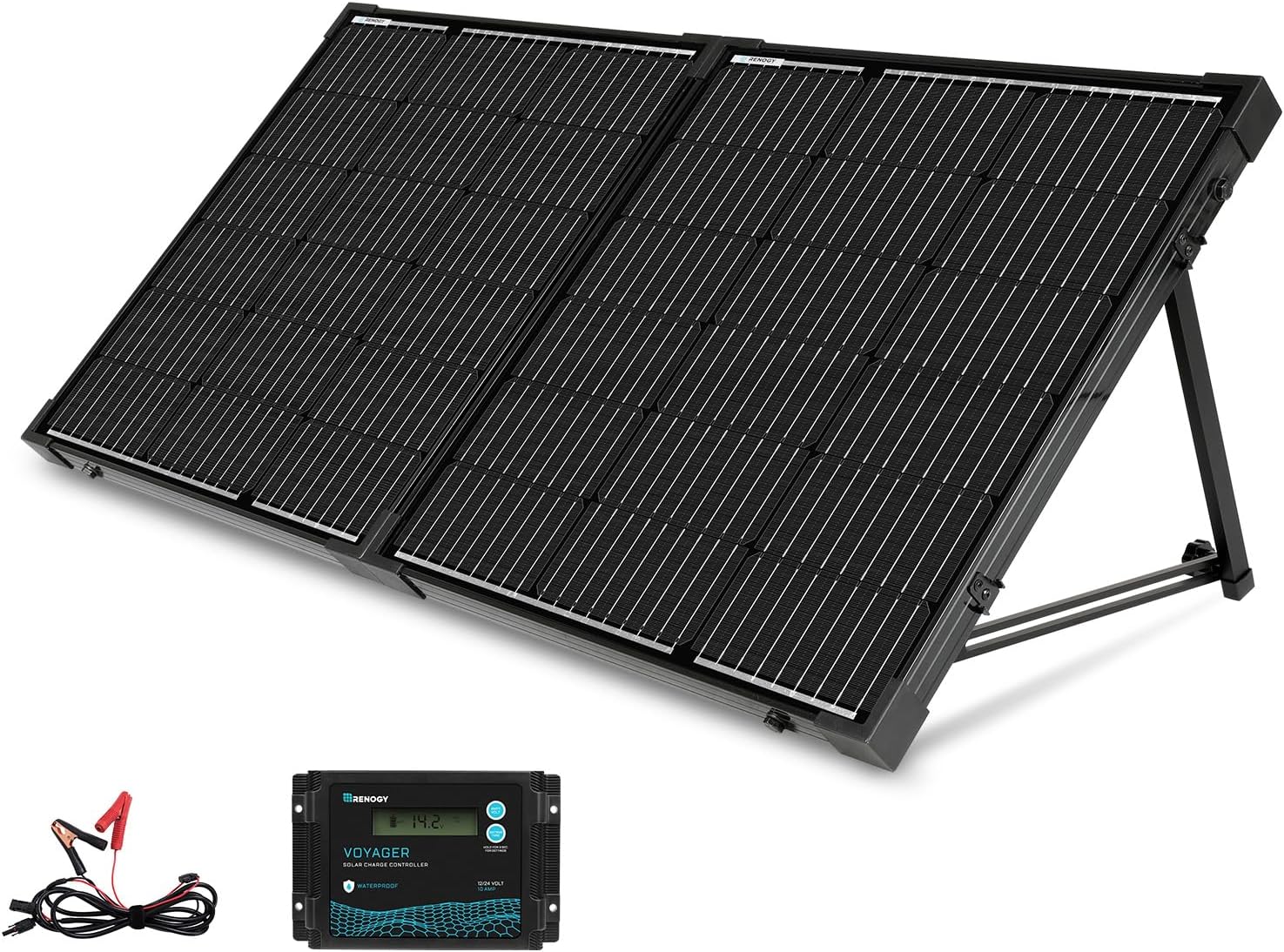
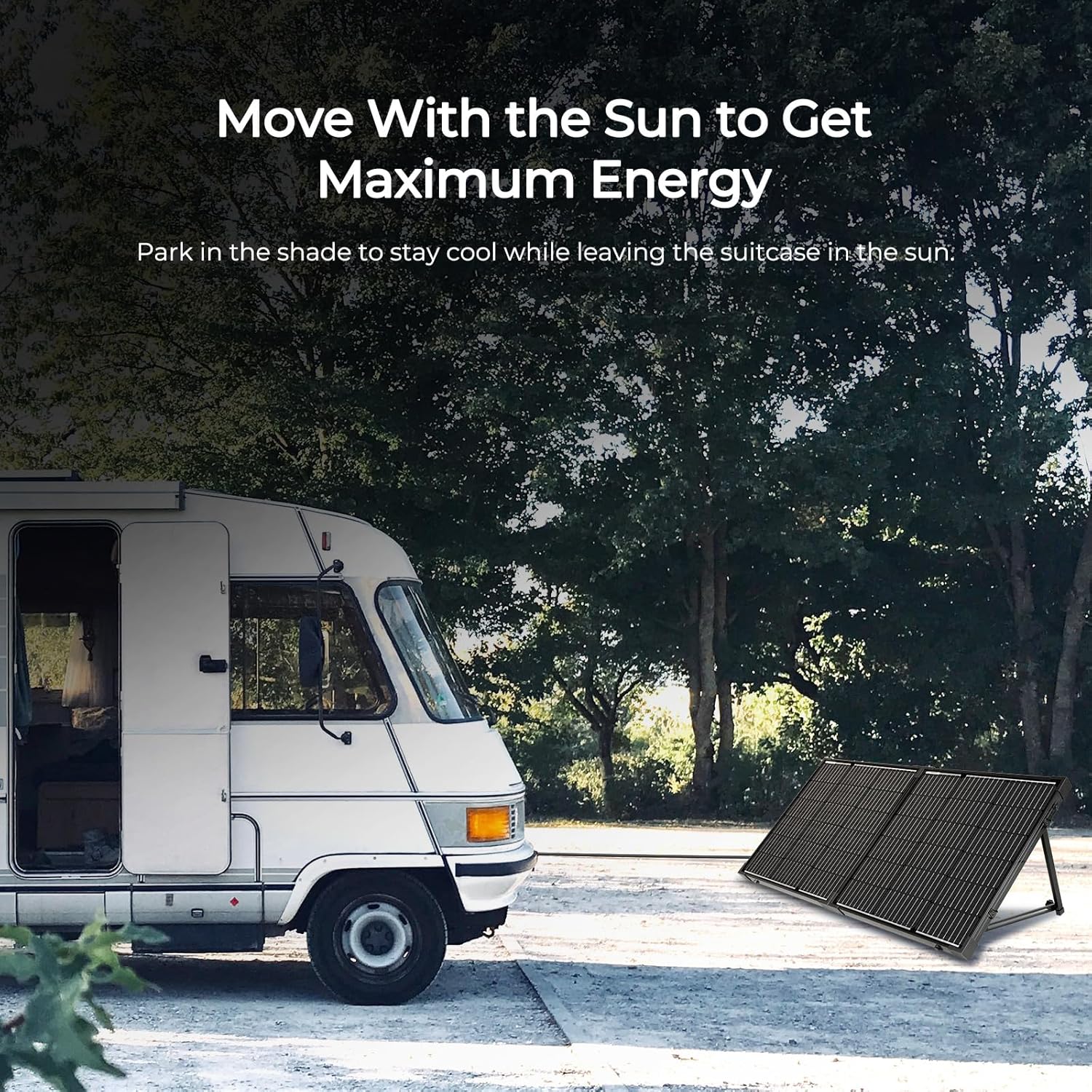
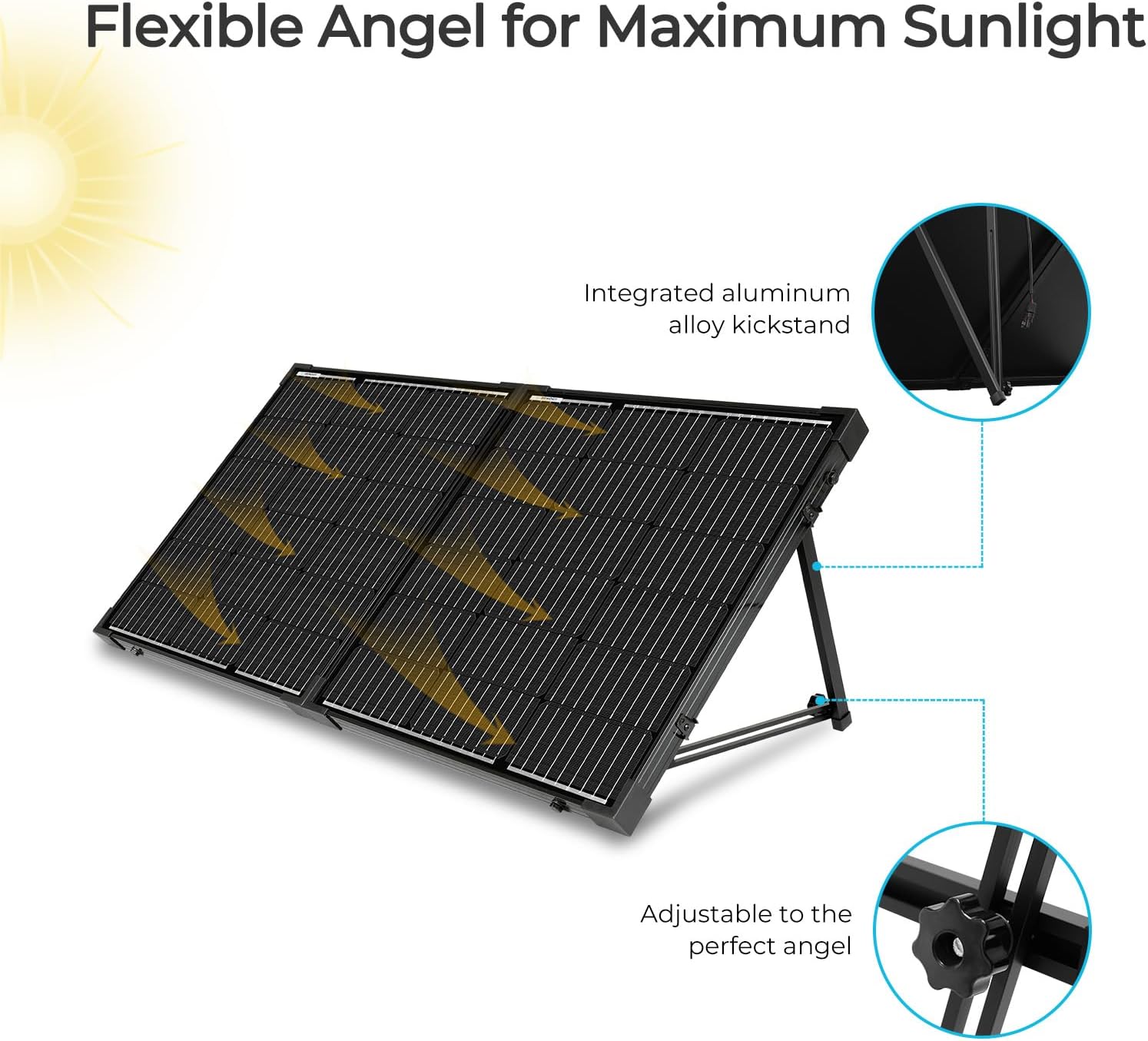
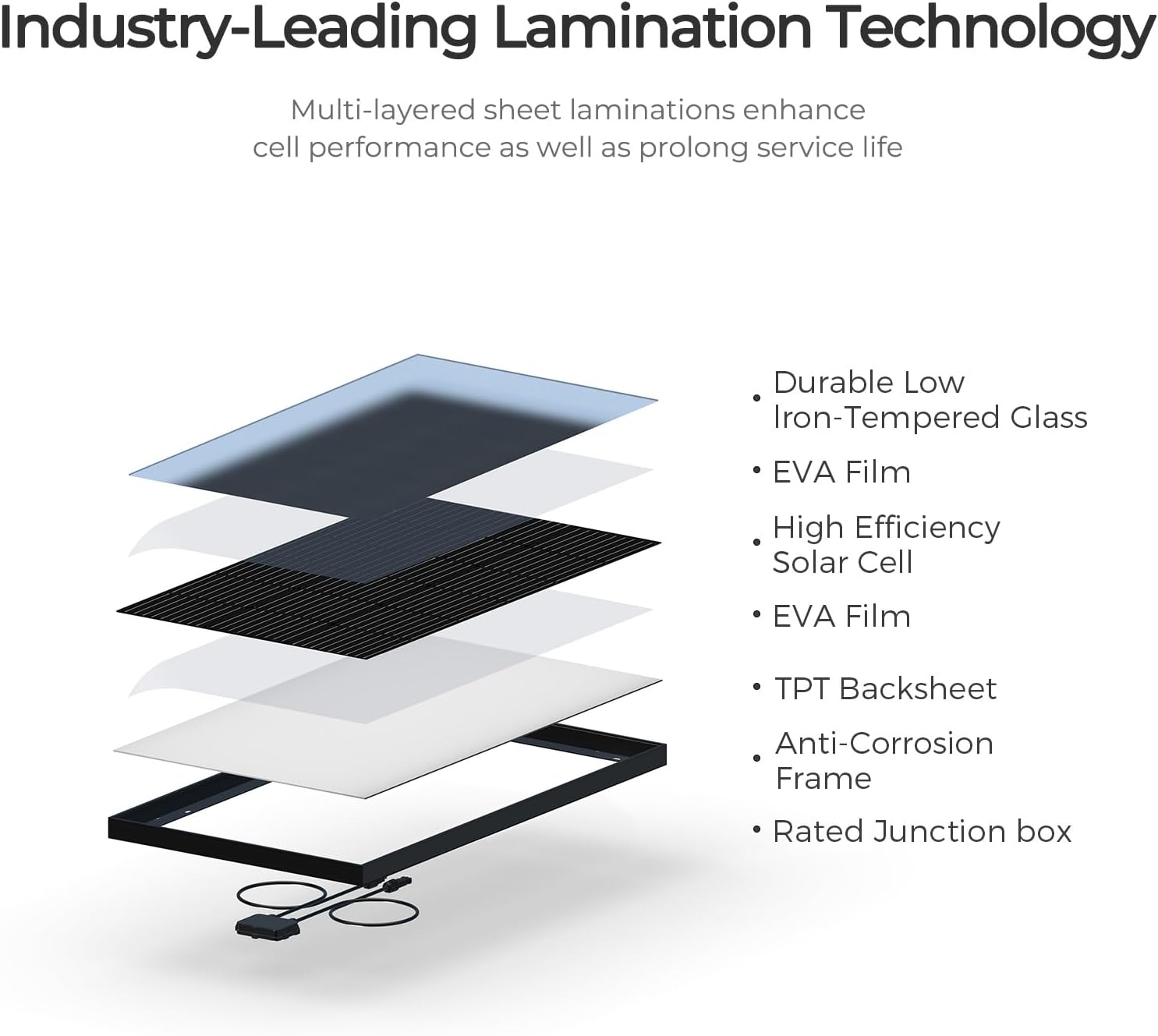
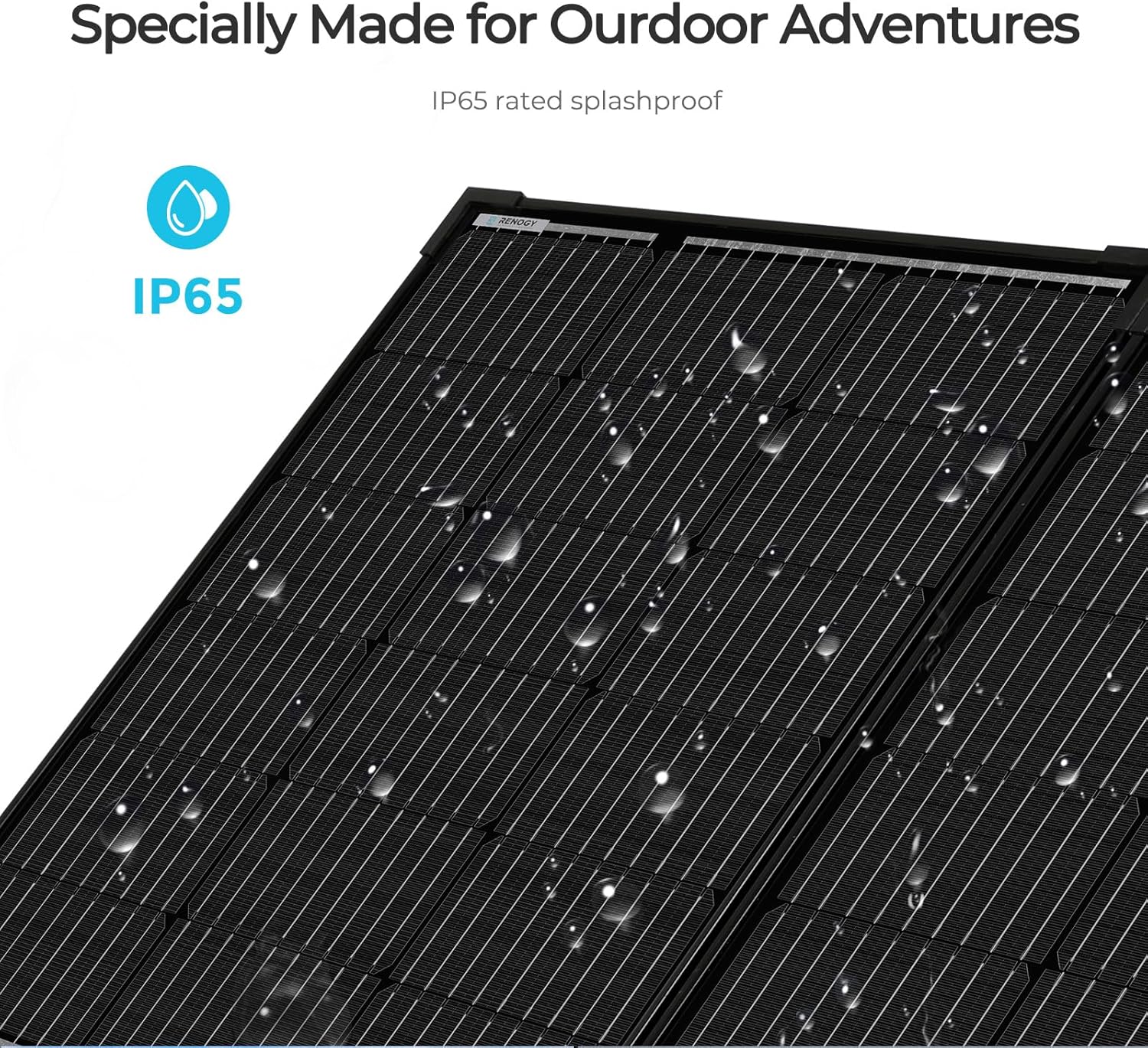
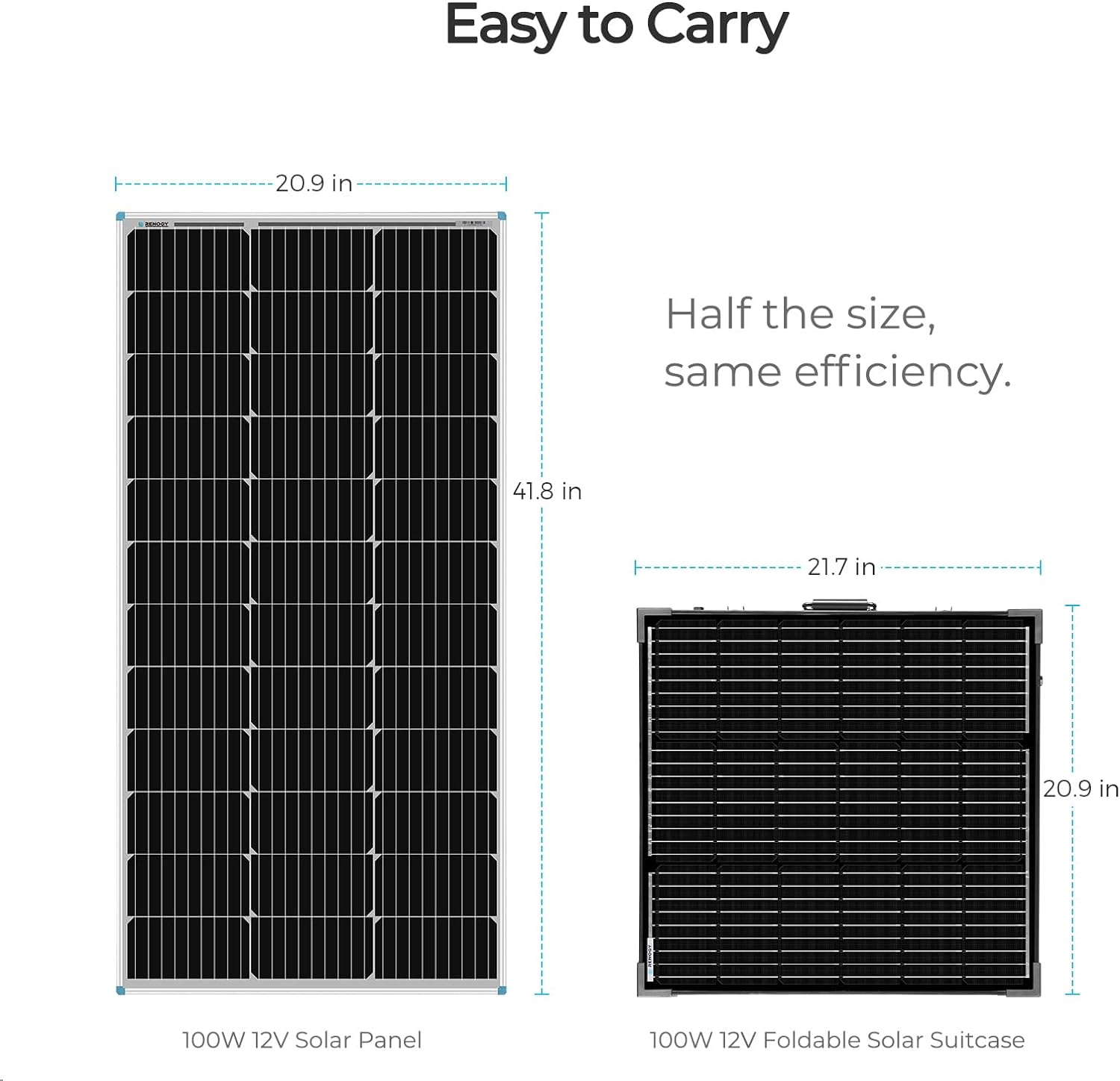
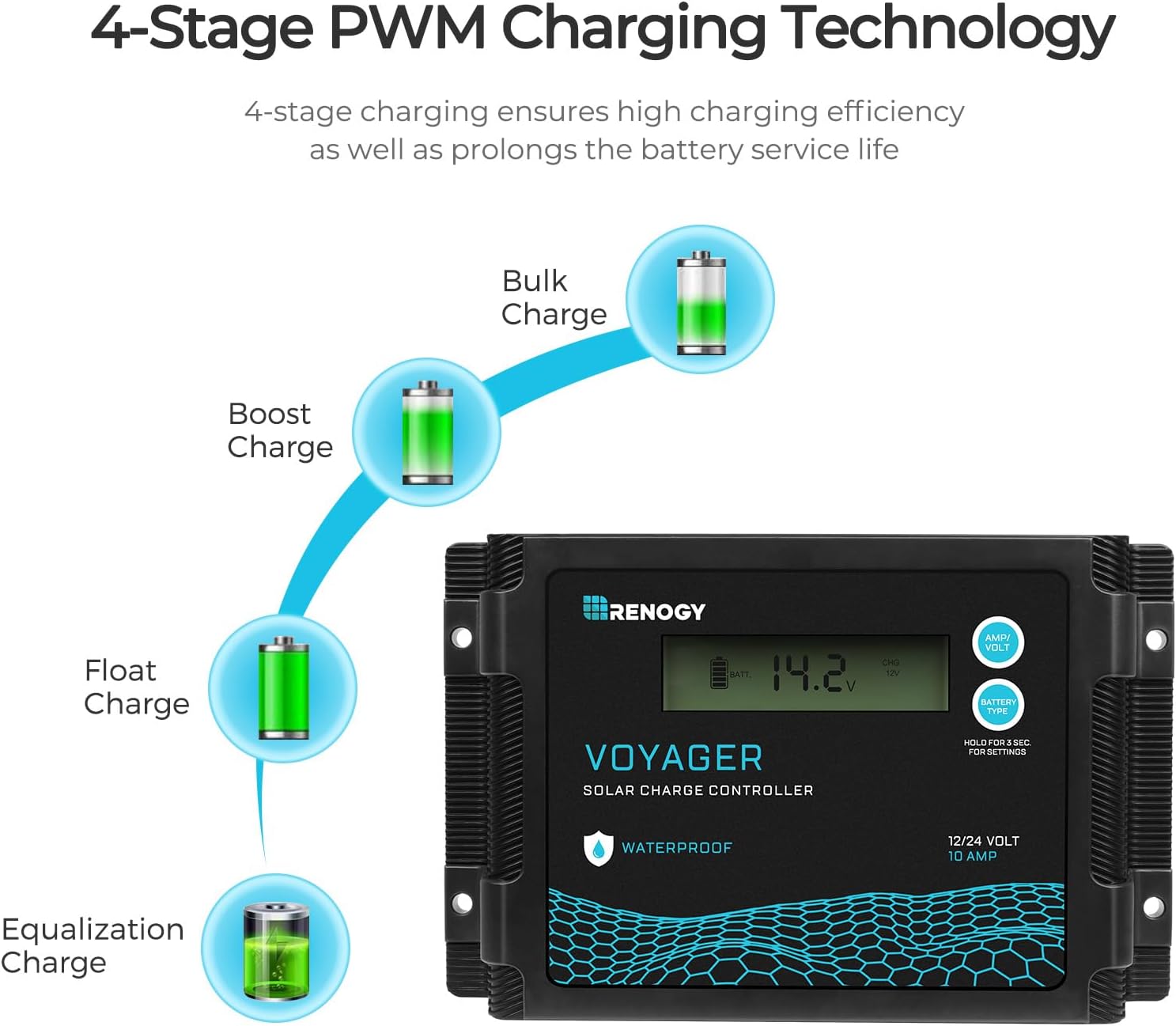
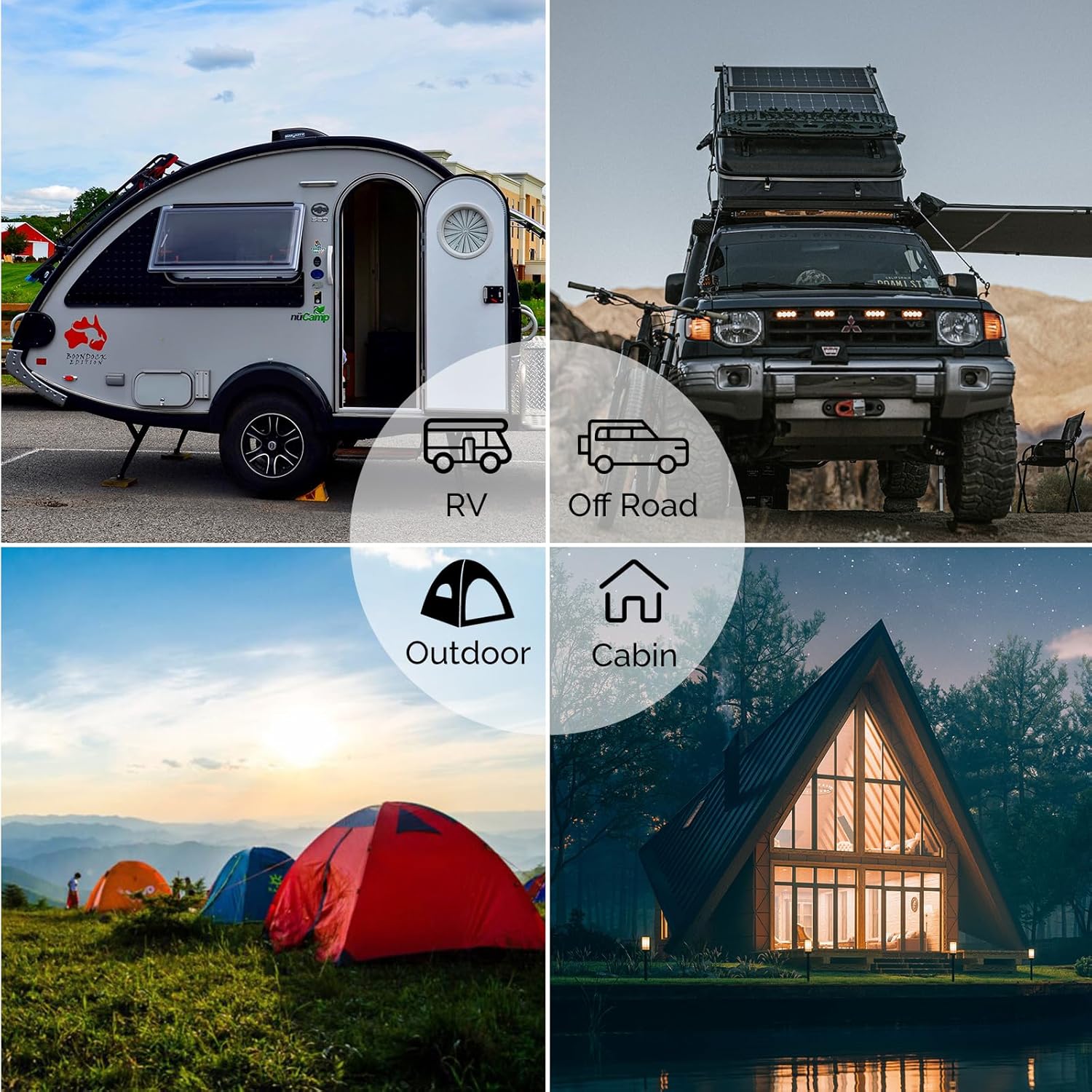













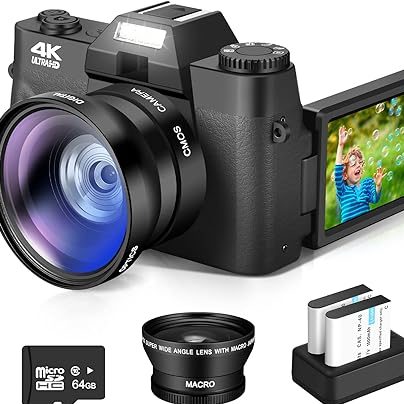

davido –
Well built, self-contained portable solar solution
I’ve been researching and over-analyzing what solar solution to use with my pop-up camper trailer for a couple of years now, but finally have a trip in mind where solar is an option I cannot put off exercising any longer.There are pros and cons of a portable unit versus installed, stationary solar panels. Fully installed will be more convenient because once installed, you don’t have to set them up again. But then you’re forced to select campsites that don’t result in shading of the solar panels, and you can’t really adjust their angle once you’ve set up the trailer. Portable give you a ton of flexibility on where the panels are placed, customizable for every unique camp site situation. And you can use them in applications outside of just a single trailer. And portable panels don’t require drilling more holes in the trailer roof; holes that over time could become sources of water intrusion into the roof. In the end, I selected this portable unit.It is heavier than I expected. I know the listing is fully accurate on weight. I just thought of 20 pounds as less than it actually is. This is fine, it doesn’t really matter. What matters is that they are portable, and do work well. The size is also substantial, but you won’t find a smaller 100w solar suitcase, so it’s perfectly acceptable, and to be expected. It’s nice that it consists of two 50w panels, so compared to a single 100w panel, it does fold up to be half the outer dimensions.Setup is really easy. Connect the alligator clips to the battery, plug in the charge controller to the panel, and you’re done. First time setup includes selecting the battery chemistry. And of course you will need to position the panels on-site for optimal exposure to the sun.Once it’s installed, everything works as it ought to. The charge controller has all the phases you would expect of a good quality controller, despite not being a particularly high-end unit. I like that the controller is attached to the inside of the suitcase, making it really a self-contained system.The cable that comes with it is just under ten feet in length. This *may* be too short for some applications, and some campsites. I ordered an extension cable, and it can snap in as needed for extra length, and extra positioning options. If ordering an extension, make sure it’s one that provides positive and negative terminals, and that it’s a heavy enough gauge to reduce power loss over the distance.I was impressed with the build quality, and the “finished” feel it has. The latches to close up the suitcase are strong, the handle is strong, and it zips nicely into the included, padded nylon case. The cables fit inside the folded panel, so when it’s time to load it up for camping, there’s just one thing to grab.There are reviews online that take a more critical look at the efficiency of various panels and controllers. Renology always scores quite well, and I have no complaints. It works great.In summary, it’s a portable, high quality, well thought-out solar charger for 12v systems. The design is exactly what I hoped for, and I’m glad I bought it. If you’re looking for a portable solar charger in the 100w capacity, this should be a top contender.
K. Bennett –
Works, but worth taking some care in use
TL;DR: Works well with our small camper.MANY THANKS to Amazon for the free overnight shipping on this panel, the extension cables, and the adapter. We ordered this on the day our power went out during a tropical storm — 850+ outages just in our county, thousands of trees down, 5 million w/o power statewide. The panels showed up the next day and we could keep the 12v fridge in our camper going. Power was out for 4 days.REVIEW:Our camper runs on 12 volts – refrigerator, furnace, hot water, lights, water pump, everything. So we can boondock (camp w/o hookups) as long as the batteries last. I wanted a solar array to keep the batteries topped off at music festivals, in park service campgrounds, etc. And, of course, during power outages. After doing some research online, I decided on this Renogy 200w panel with the 20amp controller. There is a “Zamp” brand solar input port on the camper, which I wanted to use. Here are some thoughts on what I purchased:Renogy 200 watt mono suitcase solar panel. It’s large and noticeably heavy, and also fragile, so take some care in carrying it and setting up. It comes with a heavy canvas case with a zipper, and a spring loaded carry handle. The panels set up with two lightweight aluminum legs and twist-tighten locks. Make sure they are tight.Voyager 20amp solar controller. The power output from the two panels goes into the controller, then out to your battery(s). The controller is attached to the back of one panel with a hinge, and a piece of Velcro keeps it from swinging — pull it off the Velcro to hang vertically so you can see it. From what I can tell, this is a pretty good controller. Not the best, but not bad.There are two standard MC4 solar connectors on the wires running from the panels to the controller. UNCLIP THESE. The controller must be connected to the battery(s) FIRST, then to the panels.There are two wires coming out of the controller, marked on the controller as BATTERY. These go to your battery. The red one should be connected to the positive side of the controller — it’s marked. Black on the negative side. ***This is where it is super important to start paying close attention to the wires and where they go.***You’ll need some extension cables, 8 or 10 gage. The included cables are pretty short. If you want to hook up directly to the battery, you can use the included alligator clips — they are huge, like a jumper cable. Make sure you hook up positive to positive on the battery.If you want to use a built-in solar port on your camper, this is where it gets tricky. You’ll need an adapter cable that can connect to the standard MC-4 solar connectors on one end (coming from the controller) and into the SAE port on the other (into your camper.) NOTE THAT SOME SOLAR PORTS ARE WIRED IN REVERSE OF THE STANDARD. I looked over the wiring diagram for my camper, then took off the covers to confirm exactly which side of the port was positive. I purchased the iGreely Solar Panel to SAE Adapter, and it came with a “polarity reversing” dongle which I ended up needing to use. (https://www.amazon.com/gp/product/B07K8GMRDJ/) Just carefully follow the positive wire from the controller, to the adapter cable, and to your input port — then see if you need the polarity reverser or not. At some point the color of the wires may switch, so pay attention. I taped the wires to show polarity.Once you know the polarity and how it will connect, connect the controller to your battery. Check to make sure the proper battery type is selected. Ours defaulted to AGM, which is probably the most common “house” battery in a camper. Then set up the panels and reconnect the controller to the panels. You’ll see the display show how many amps are being generated. You can click a button to toggle through volts and total amp-hours.Take it down in reverse order — disconnect the panels, then the battery, and put it all away.
andré Bérubé –
Pour mon motorisé.Mai pour sâinscrire à lâassurance et le manuel en français pas disponible
Alfonso Garcia –
Lo uso para cargar mi baterÃa de 100 Ah y funciona excelente, el controlador de carga es muy fácil e intuitivo de usar, lo recomiendo y si lo volverÃa a comprar
Pat Jackson –
100watt panel, with leads. Having used solar for the last 30 years in our camping units, I didn’t think that I would be impressed, wrong! I have 220watt panels on the roof of my new motorhome, then this freestanding folding panel as extra capacity. Comes with a decent length cable, with battery clips, which work and are strong, but I bought some short leads to connect permanently to the battery, plus some push joints for connecting, to replace the clips.The bag is well made and protects the panel when not in use. Obviously being freestanding you can adjust angles to chase the sun, giving more power for longer. Sunny day in May it was pushing out 5.8 amps, good enough for me! The supplied, attached controller is superb, giving a choice of battery type, wet, GM. and every other type, it shows amps, voltage, wattage per hour and total for the day, plus the battery state. It is totally waterproof and easily visible to see the charging rates etc. There’s also an automated float charge facility that protects your batteries once fully charged. Very impressed, especially at the price, mostly you get what you pay for, in this case, in my opinion, you get it bargain! I would definitely recommend this product!In addition, today stronger sun, 6.8 amps at 14.2v equates to 96watt, not bad out of 100watts, as nothing is 100% efficient!
Oliver Weber –
Das RENOGY 100W Panel ist zugegeben nicht gerade für eine Wanderung mit Zelt konzipiert … dafür ist es aufgrund der massiven Fertigung zu schwer.Wer jedoch ein Solar-Panel für den stationären (zumindest über mehrere Wochen) dauernden Einsatz sucht, der ist hier richtig.Das Panel kann mittels stabiler in der Höhe stabil veränderbarer Scheren-FüÃen in jedem Winkel ausgerichtet werden.Das Panel hat bei mir im Testbetrieb bei wolkigem Himmel in den Wolkenlücken um ca. 15 Uhr meine VTOMAN 1500 bereits mit 72 Watt geladen. Da kann man nicht meckern.Für die Powerstation passende Adapter müssen jedoch separat gekauft werden.Achtung !! …. Für Jackery sind nicht alle Adapter geeignet, da Jackery in Kompatibilität sehr zickig ist. Passende Adapter sind leider nur auf Amazon USA zu finden.Ich habe mir zwischenzeitlich noch ein weiteres solches Panel gekauft, da ich an meine VTOMAN somit 2 Panele gleichzeitig anschlieÃen kann … ich komme auf diese Weise selbst bei nicht optimaler Ausleuchtung und geringer Abschattung auf meinem Balkon um 16 Uhr oft auf bis zu 150 Watt (was beinahe der 230V-Ladung über den Hausanschluà entspricht)SOO muà Solar-Panel !!.Nachtrag …Ich hatte zwischenzeitlich meine VTOMAN 1500 wieder nachladen dürfen. Bei Sonnenschein um ca. 13 Uhr traute ich meinen Augen nicht … 120 Watt auf dem Display !! … zwar nur ein kurzzeitiger Höchstwert, aber es scheint zu gehen … WOW !!Meine Jackery 500 bin ich zwischenzeitlich auch mit dem passenden Connector aus USA am laden, nachdem ich jene erst mal komplett entladen musste.Direkte Sonne um 12 Uhr … 85 Watt in der Spitze auf dem Display … das sind mehr als bei einer Netzstrom-Ladung von 80 Watt !!Ich bin von diesem Panel mehr als begeistert !!Es geht also doch noch … super gut und günstig !!
Mal –
After a lot of research I chose a Renogy 100w portable solar panel without controller as I have one built into my power bank. Now I eventually purchased two totalling 200w. On a sunny day in March I got up to 248w from both which is amazing in the spring sun. On a heavy grey cloudy day, no sun or blue sky averaging 10-20w. Don’t be put off by them being heavy, they are not just robustly built compared to flimsy or flexible equivalents which don’t stand in the wind and are annoying. So very pleased and would recommend .UPDATEThese portable solar panels have been great to point that I ordered 7 more and now have 9 of these. So when fully positioned and connected in two series, I would expect 900w going into my inverter bank. Although in late autumn with low sun on a good day or two was getting around 700w accross them all. Which is pretty good for a folding solar panel. As we go into winter it will be hit and miss, but at least than can be folded and put away in their cases.So hopefully next hot spring /summer, if we get one, will be the big test!Hope this helps anyone out there….oh and I have nothing to do with Renogy whatsover!!UPDATE 2Now we have had awful lot of rain, which is an understatement, but we had a good few days of sun a couple of weeks ago. So I thought I would give y’all out there another update! Out I went the solar panels, all 9 of them into a south facing garden all day. I occasionally monitored through invertor power bank and was amazed that they peaked at1078 watts in spring sun. I’m no solar geek by the way, just an average Joe. Anyway hope all this helps